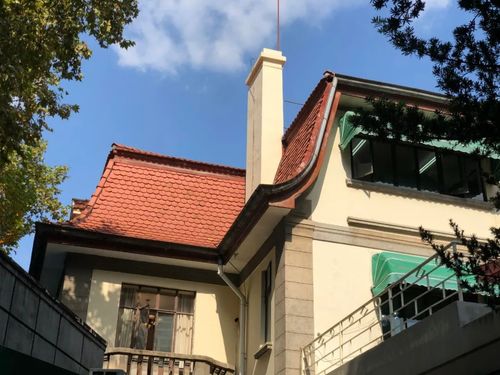奥运会的帽子
Certainly! Here's a structured outline for your research proposal on the topic "Architecture Resembling Olympic Caps":
Title:
Architecture Resembling Olympic Caps: Exploring Design, Significance, and Cultural Impact
Introduction:
In recent architectural trends, there has been a notable emergence of buildings whose designs bear a striking resemblance to Olympic caps. These structures, characterized by their unique shapes and functionalities, present a fascinating intersection of architecture and cultural symbolism. This study aims to delve into the motivations behind such designs, their cultural significance, and their impact on urban landscapes globally.
Objectives:
1.
To Identify Design Characteristics
: Analyze the architectural features that define buildings resembling Olympic caps.2.
To Explore Cultural Symbolism
: Investigate the cultural connotations and symbolism associated with such architectural forms.3.
To Assess Functional Adaptations
: Evaluate how these designs accommodate functional needs while embodying cultural and symbolic meanings.4.
To Understand Global Impact
: Examine the global reception and influence of these architectural styles on urban development.Significance of the Study:
Understanding the design principles and cultural symbolism of Olympic caplike architecture is crucial for several reasons:
Cultural Preservation
: Preserving cultural heritage and symbolism through contemporary architectural forms.
Urban Aesthetics
: Enhancing urban aesthetics and identity through innovative architectural designs.
Architectural Innovation
: Inspiring future architectural innovation and creativity in urban planning.Literature Review:
Architectural Trends
: Previous studies on modern architectural trends and iconic building designs.
Cultural Symbolism in Architecture
: Scholarly works exploring the integration of cultural symbols in contemporary architecture.
Impact of Design on Urban Landscapes
: Research highlighting the influence of architectural design on urban environments and public perception.Methodology:
1.
Data Collection
: Gather data through literature review, case studies of prominent buildings, and architectural critiques.2.
Analysis
: Analyze architectural plans, cultural contexts, and urban planning documents to identify common themes and design principles.3.
Case Studies
: Select representative case studies of buildings resembling Olympic caps for indepth analysis.4.
Comparative Analysis
: Compare findings across different cultural and geographical contexts to identify patterns and variations.
Expected Results:
Identification of Design Elements
: Detailed analysis of architectural features common in Olympic caplike buildings.
Cultural Insights
: Insights into the cultural symbolism embedded in these architectural designs.
Functional Adaptations
: Understanding how these designs accommodate functional needs while embodying cultural and symbolic meanings.
Global Impact
: Assessment of the global impact and influence of such architectural styles on urban development and public perception.Conclusion:
This research will contribute to a deeper understanding of the relationship between architecture, culture, and symbolism in contemporary urban environments. By elucidating the design principles and cultural significance of buildings resembling Olympic caps, this study aims to inform future architectural practices and inspire further research in this evolving field.
References:
Include a comprehensive list of references cited throughout the proposal, adhering to academic citation standards (e.g., APA, MLA).
This outline provides a structured approach to crafting your research proposal on "Architecture Resembling Olympic Caps," ensuring clarity, rigor, and academic relevance.





